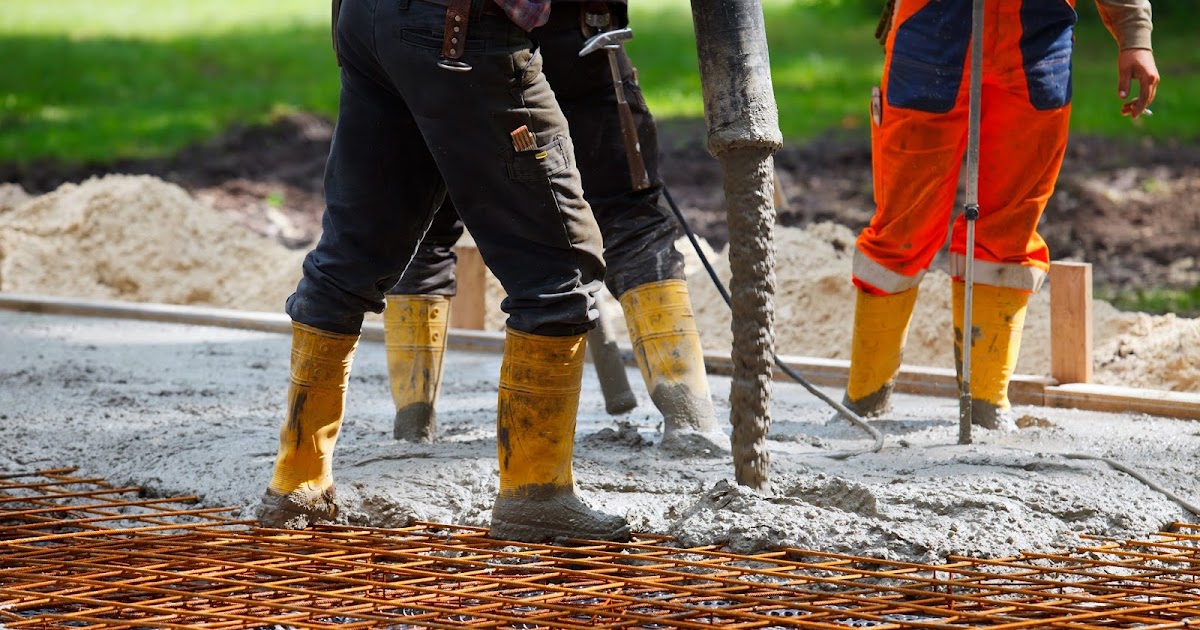Specifications of reinforced concrete works
1- Reinforced concrete works according to the drawings, and the engineers may introduce what he sees as modifications during the work. The contractor may not demand these modifications unless they increase in the proportion of reinforcing steel or a fundamental change in its form or in the way it is implemented. In this case, the accounting shall be according to the agreed categories. and according to the quantities executed on the ground.
Reinforced concrete works, in general, include all tasks, workmanships, packages, wooden formwork, reinforcing bars …. etc. Reinforced concrete is measured geometrically in cubic meters for all its works, including the bases, screeds, columns…etc.
The contractor shall not count any additional concrete quantities that arose from an error in implementation, but shall be accounted only for the quantities indicated in the drawings or on the nature and approved by the supervising engineer. All reinforced concrete works shall be carried out so that its surface is completely serviced, horizontally, and at the required level, and shall be in the manner indicated below:
0.8 m (hard stone fraction), 0.4 m (clean sand), and 350 kg (ordinary Portland cement)The strength of concrete after 28 days shall not be less than 250 kg/cm.
The wooden shredder must be formed from separate parts so that each part can be disassembled separately without the occurrence of vibration or damage to the other parts.
- Number (2 days) for the side panels of the beams and columns.
- Several (10 days) for slabs, beams, and lintels, the length of which is not more than 3 m.
- Several (14 days) for slabs, beams, and lintels whose sea is more than 3 m.
- Noting that the concrete is sprayed sufficiently times to ensure that it remains wet for not less than two weeks in the case of using ordinary cement, and for one week when using early-strength (quick tensile) cement.
Reinforcement steel must be by British Standard Specifications, and the skewers must be free of any suspended materials that reduce the cohesion between them and the concrete, such as rust scales or grease…etc. The skewers must be cleaned if necessary.
The wooden shredders must fully conform to the required dimensions, shape, and levels so that the mortar does not leak out and is durable so that it bears the weight that will be built on it without landing. Its approval is taken into account before placing the rebar and pouring concrete. The contractor is solely responsible for the strength of the formwork, despite its approval by the authority supervising the implementation.
2- Material:
The cement must conform with British specifications and recent production and manufacture, and the contractor must use ordinary Portland cement or sulfur cement, according to the design prepared for the project. Taking into account the implementation requirements of this type. The water used must be clean, free of foreign substances harmful to the concrete, and potable.
Small aggregates must be clean, of sound formation with sharp edges, extracted from approved quarries, free from saline earth materials or any foreign or organic materials, and shaken with a jigger with a capacity of 5 mm, and it must be approved before importing. The large aggregate (church) and broken stone shall be solid, with visible edges, clean and free from materials and dust, and shall be shaken with a jigger with a capacity of 30 mm and a jigger with a capacity of 5 mm, provided that it is approved before importing.
The time or period of concrete curing depends on the following factors:
- The specific strength of concrete
- concrete grade
- Atmospheric temperature: Due to the chemical reaction between cement and water in concrete it releases heat that requires water to complete rehydration. In summer 50% of the water evaporates. So, you need more water on sunny days.
- The size and shape of the concrete member
Source: wikipedia.org/wiki/Reinforced_concrete
Read More: buildineg.com/public/blog/what-is-a-concrete-jacketing-of-column/

